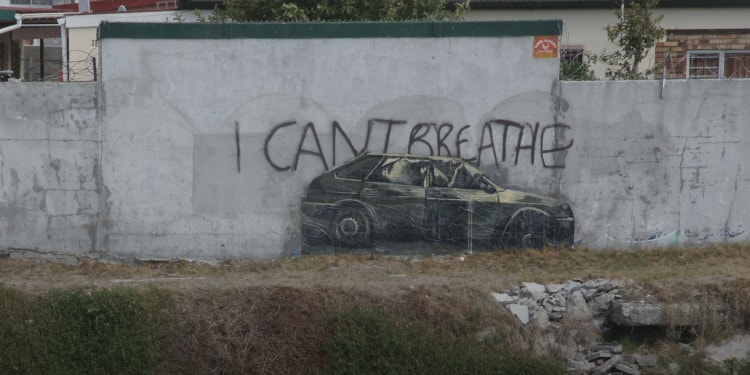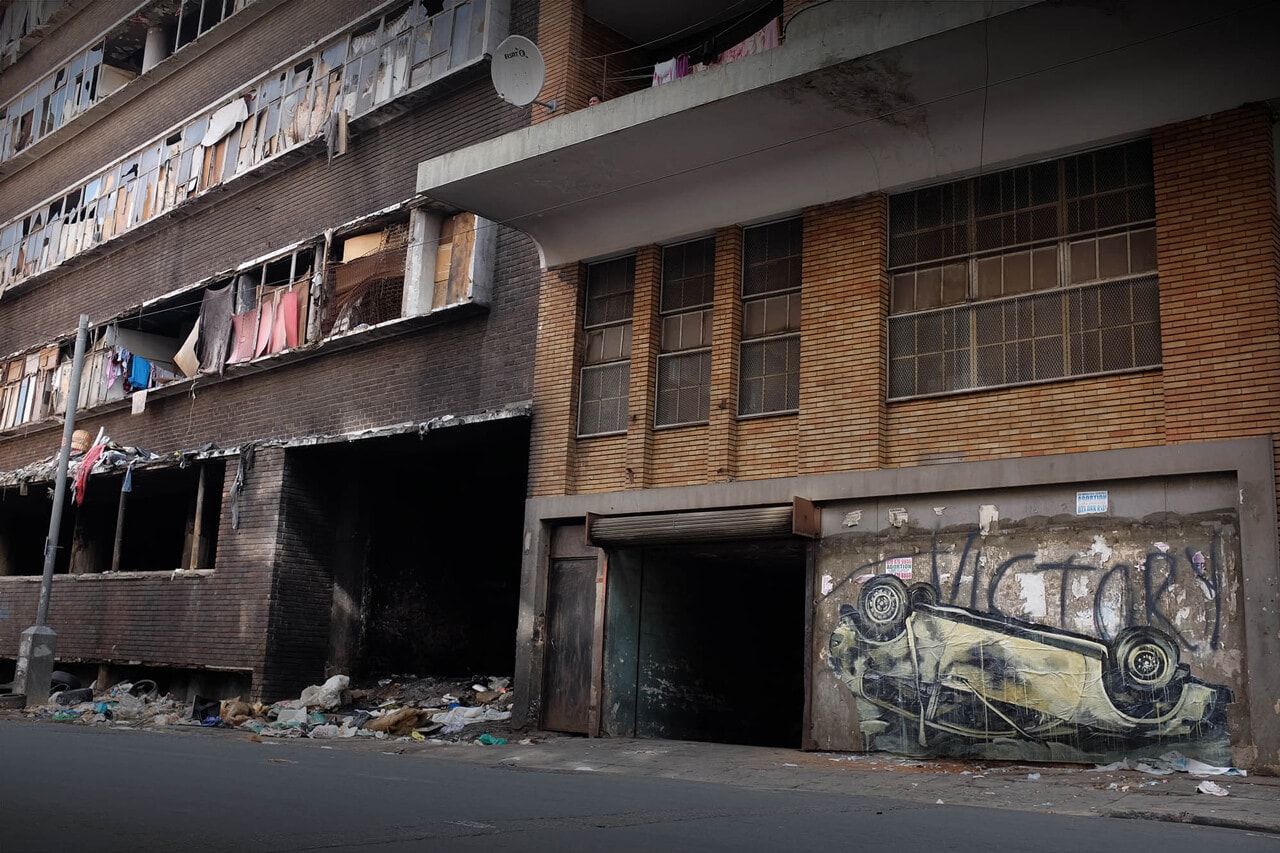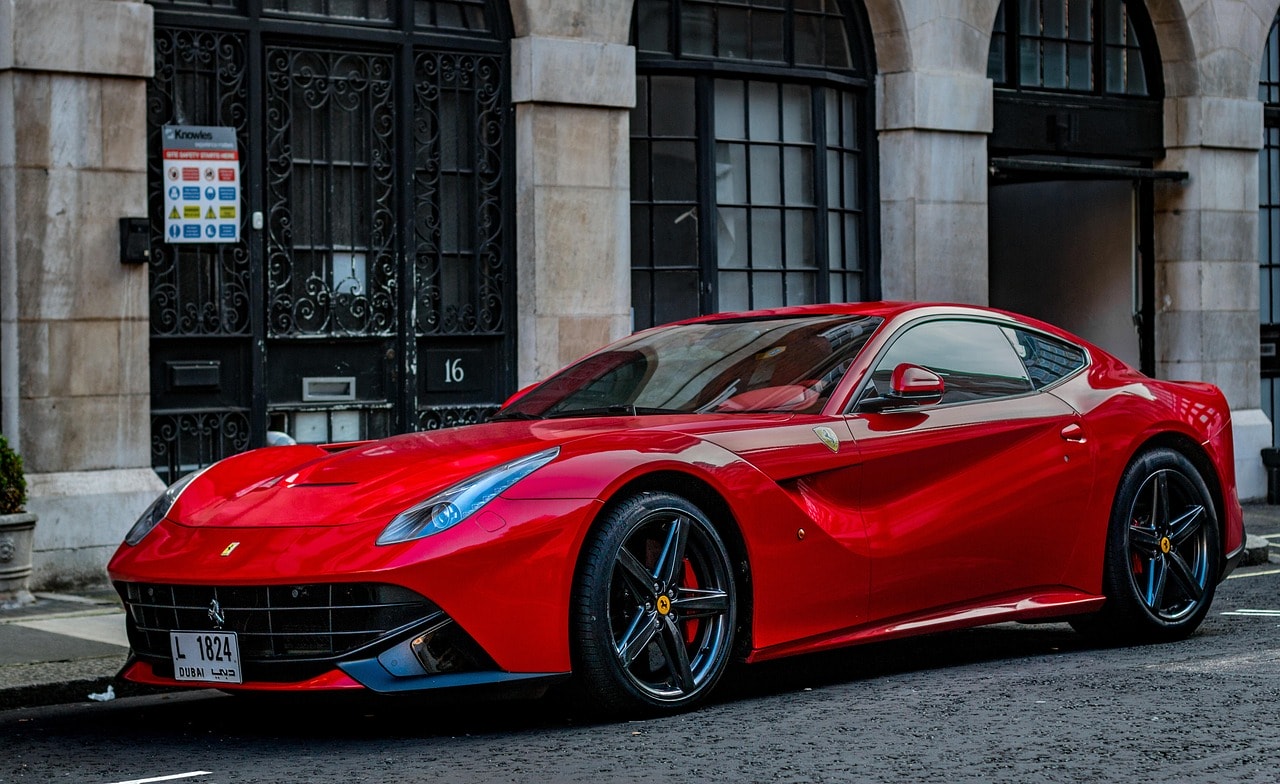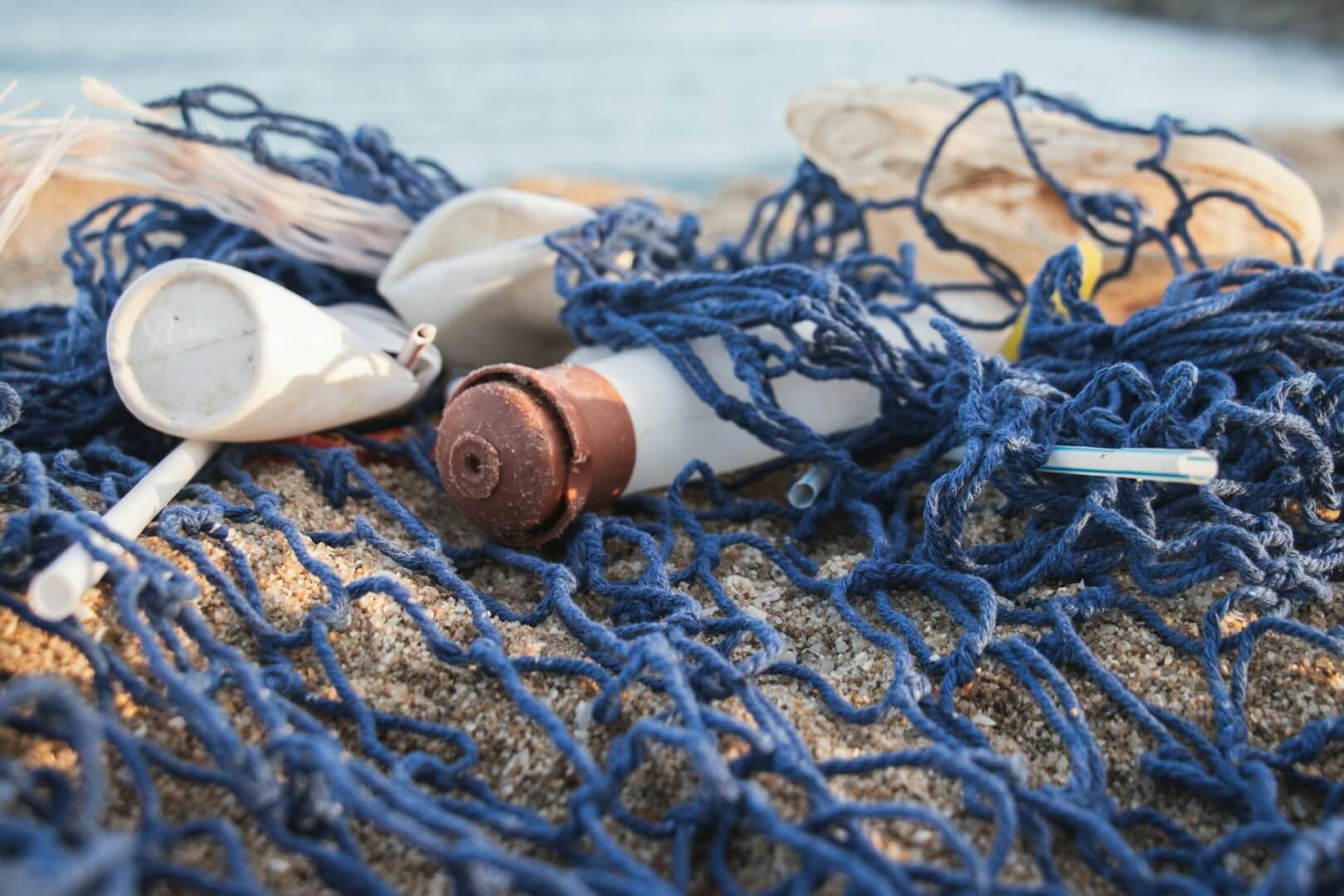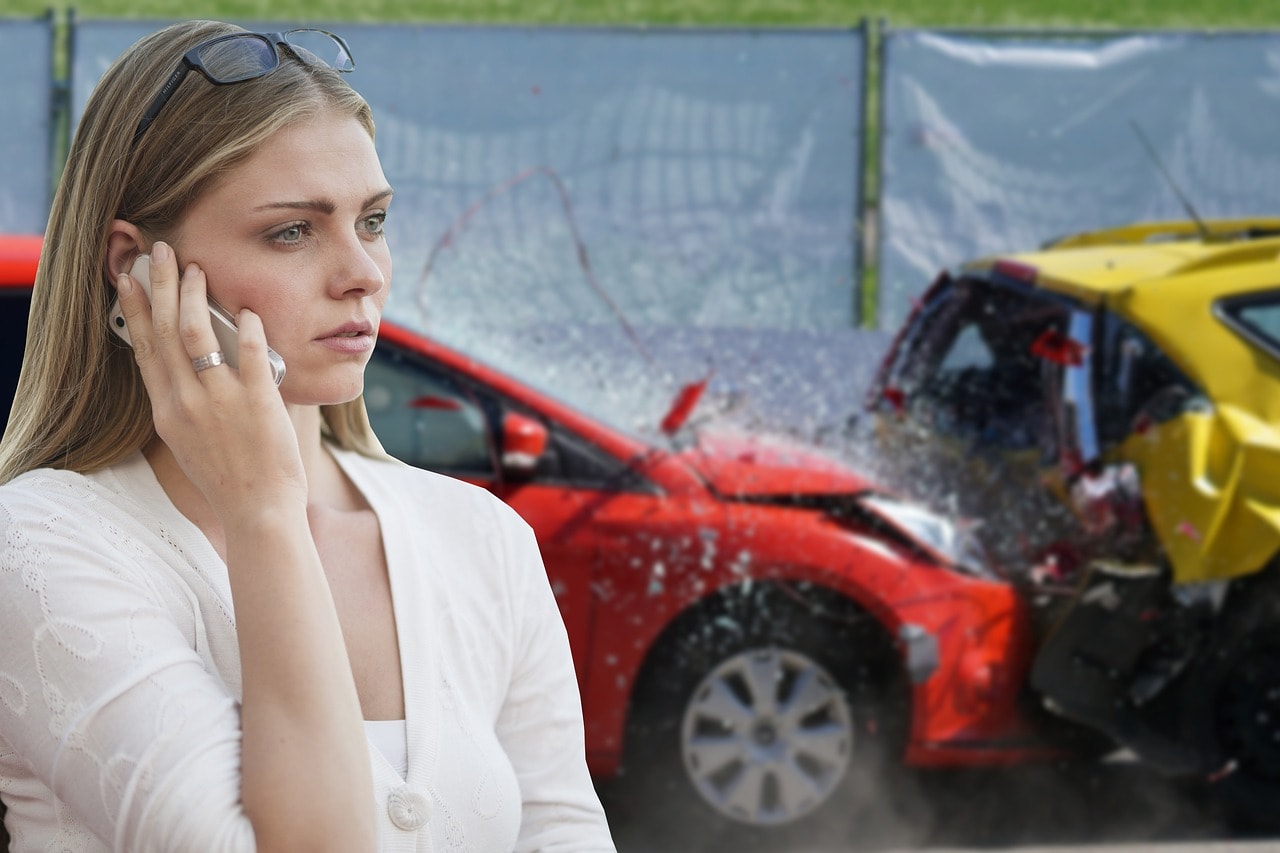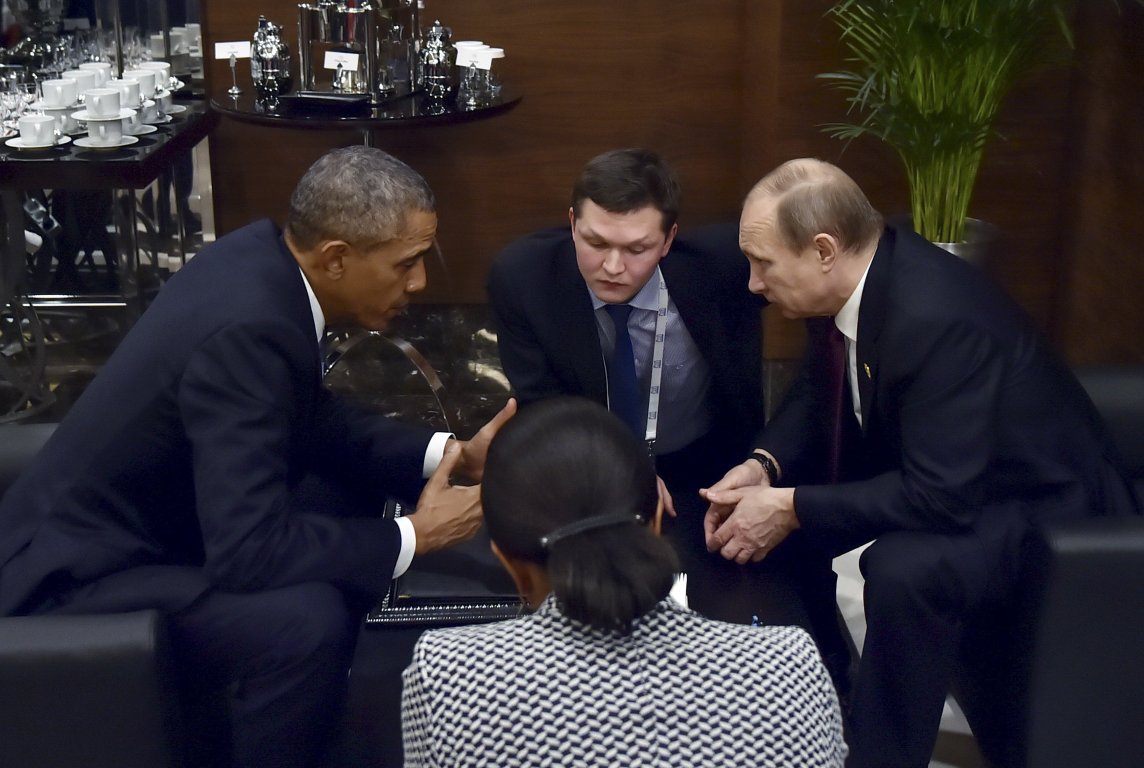Faith47 is an internationally acclaimed artist from Cape Town, South Africa. Following an active street art career spanning more than 15 years, her work can now be found on streets and in galleries around the world. Her upcoming solo show, Aqua Regalia, opens on Thursday, 19 November 2015 at the Jonathan Levine Gallery in New York.
Q. Tell me a bit about yourself- How did you first get into street art and photography?
I was involved in the graffiti scene from the age of 16, I did not study art as I had a child in my last year of school and had to start working immediately. Over time I became fascinated with the relationship my paintings had to the environment. I moved away from the graffiti ethos into my own work and style that I wanted to create, at the same time I was consistently working on my studio craft. Over the period of about 15 years I became interested in and able to explore different mediums, consistently learning and creating works that challenge and inspire me, thematically as well as technically.
Q. You spent 15 years in street art before moving to photography- could you tell us what brought about this change? Do you regard your photography as a separate entity or as a continuation of your path that began in creating street art?
I allow my visual exploration to bleed into any medium that I am interested in. I do not subscribe to categorizing myself as a ‘street artist’ or ‘photographer’ rather, I am interested in how the different mediums, including video, printmaking, oil painting, collage help to further my imagery as a whole.
Q. You’re new show ‘Aqua Regalia’ opens November 19th at Jonathan Levine Gallery, New York, USA- Could you tell us a little about what the show comprises of as well as the inspiration behind it?
Aqua regalia is an exploration into the sacred and the mundane. Creating a shrine from discarded objects that I collect on my travels. It subverts the notion of what is and what is not considered valuable. By juxtaposing the imagery a narrative is created on an instinctive level allowing for an immersive experience. For the New York show, many of the works are on found objects, I also explored the medium of collage, creating smaller shrine-like artworks from found objects, allowing the feeling of each work to organically arise during its creation. I aim to create an intimacy and sensitivity within a harsh environment. This is a manifestation of a fundamentally existential quest.
Q. Your ‘Landfill Meditation’ piece (made in collaboration with Dane Dodds) “links your abandoned cars to other objects and spaces once loved and desired, then later discarded”-What would you want the viewer to see in these photographs?
The landfill meditation project looks at the waste produced in the name of progress
It speaks of acknowledging this destructive nature and force within us, our collective shadow, and urges the acceptance thereof.
The damage we do to ourself and the planet, is unnecessary, it is due to weak collective planning and political structures. To the misuse of resources and the suppression of beneficial technological solutions due to the capitalistic structure that we operate within.
The Landfill meditation artworks are a simple glance, eyes wide, at the violent manifestation of our progress. Broken cars form a symbol of these scars within the urban context.
I do not subscribe to categorizing myself as a ‘street artist’ or ‘photographer’
Q. The juxtaposition of your street art often placed in conjunction to slogans or popular phrases is deliberate and within this video we see the pieces, not in international galleries, but in the streets where they actually are.
I have a deep love for street textures and signage, slogans, scrapings and markings left on walls and urban structures. I feel they speak strongly of the society therein, I therefor incorporate them into my work as a dialogue between my own imagery and the space that holds it.
Q. What would you say is your favorite piece of your own work and why? Include images please.
I recently painted the artwork in harlem titled ‘estamos tods los que cabemos‘
The theme was immigration, and I referenced the symbolic migratory patterns of animals. Nature sees no borders, but humans have developed a system of exclusion and segregation, drawing imaginary lines around the planet. When studying nature we are reminded that the earth is one living body, and belongs to no-one. That each person born on the earth, should essentially have the same right of travel on it.
Q. Finally, which artists’ work do you admire and are inspired by?
I love Vania Zouravliov, his work is so dark and erotic. Im interested in beginning to further exploring sensuality within my work, so am currently inspired by artists who are doing this.
In this photo: ‘estamos tods los que cabemos’


